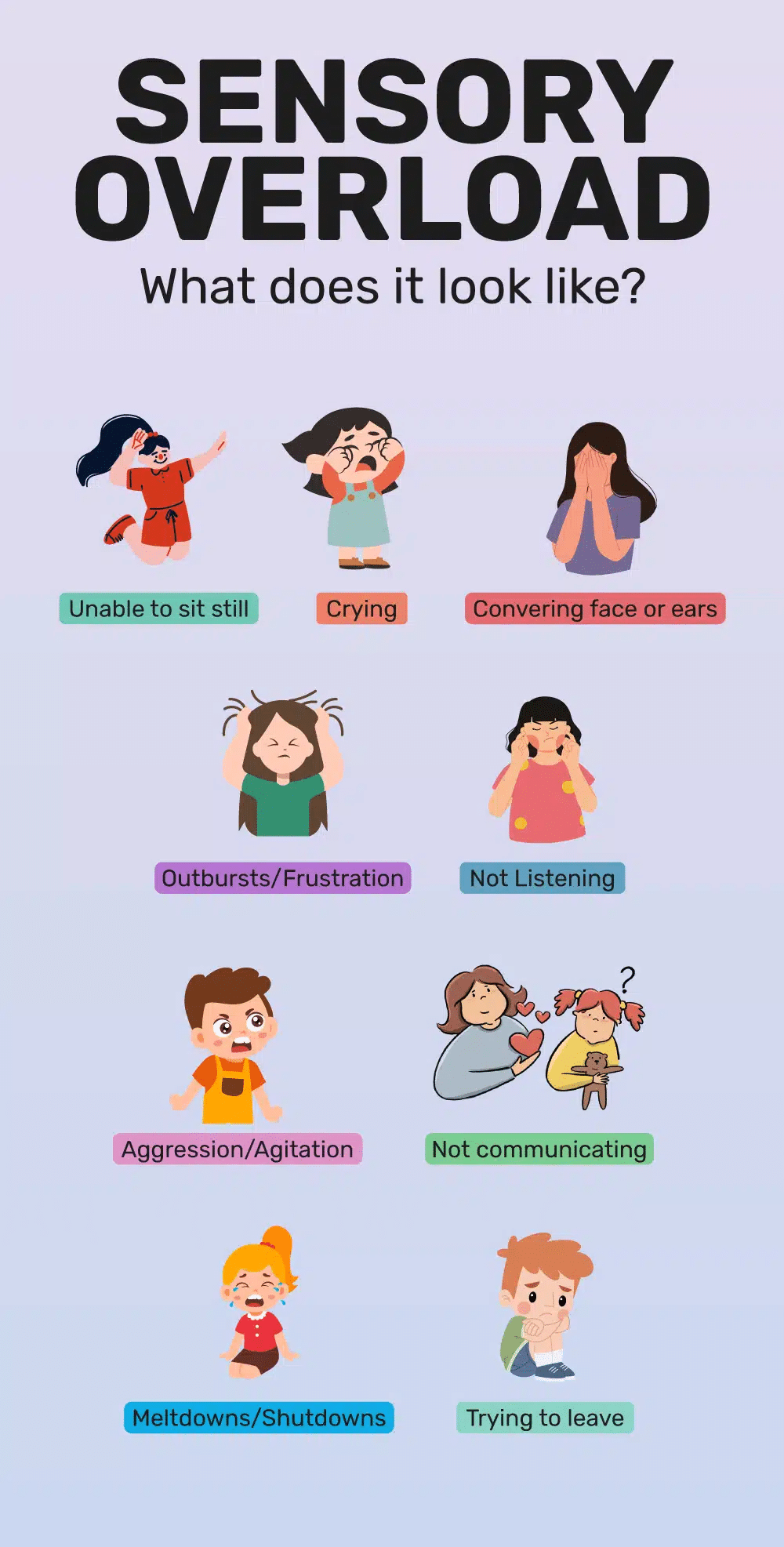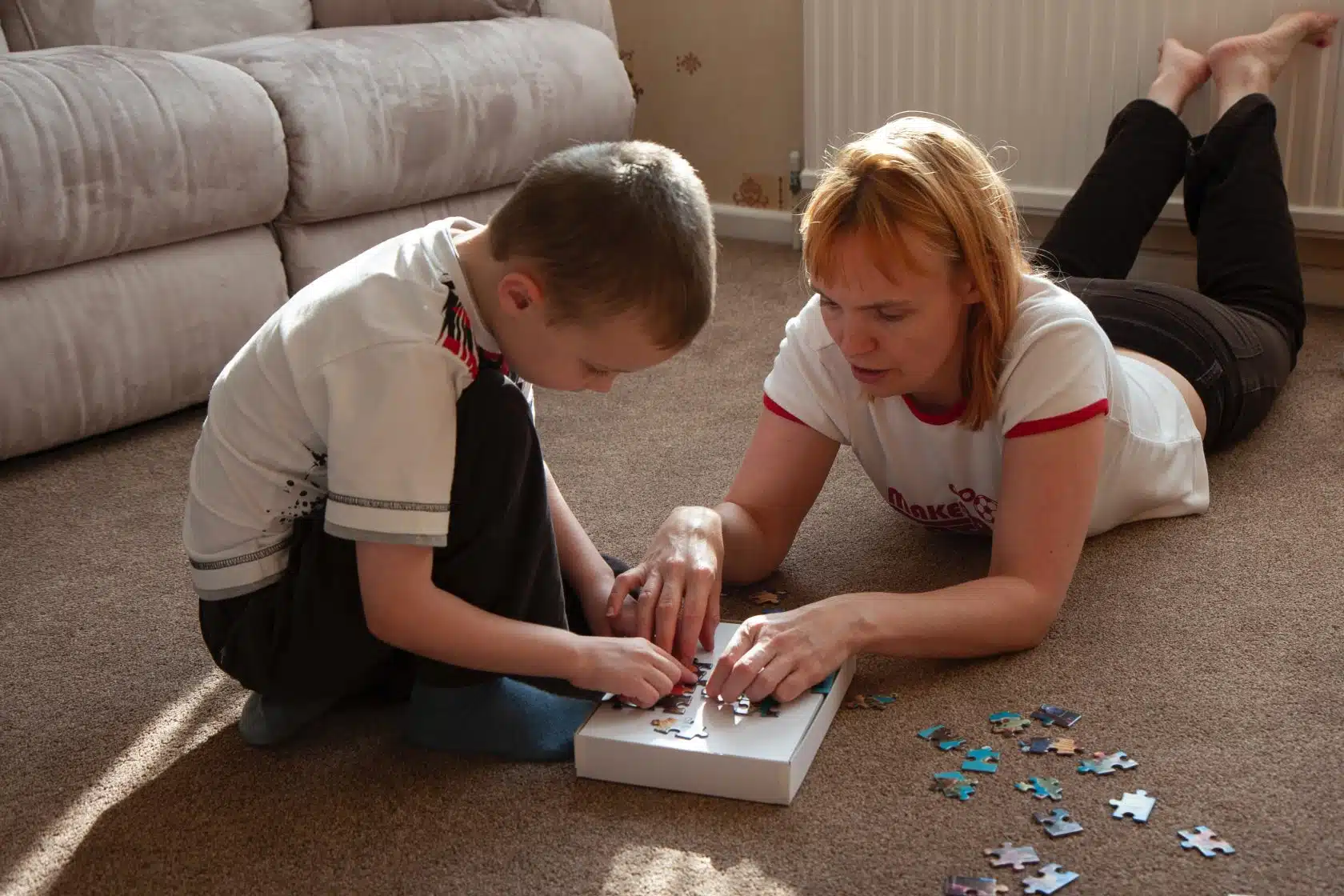Adult/Adolescent Sensory Profile (AASP) is a tool used to measure how an individual processes sensory information from their environment. Sensory processing refers to how our nervous system receives and responds to input from our senses, including touch, taste, smell, sight, and sound. AASP evaluates individuals’ sensory processing patterns and identifies their sensory preferences, aversions, and sensitivities. The assessment is designed for adults and adolescents aged 11 to 65 years old and consists of 60 questions that assess four sensory processing categories: sensory sensitivity, sensory avoiding, sensory seeking, and low registration. AASP provides valuable information for developing individualized treatment plans and strategies to support individuals with sensory processing differences.














